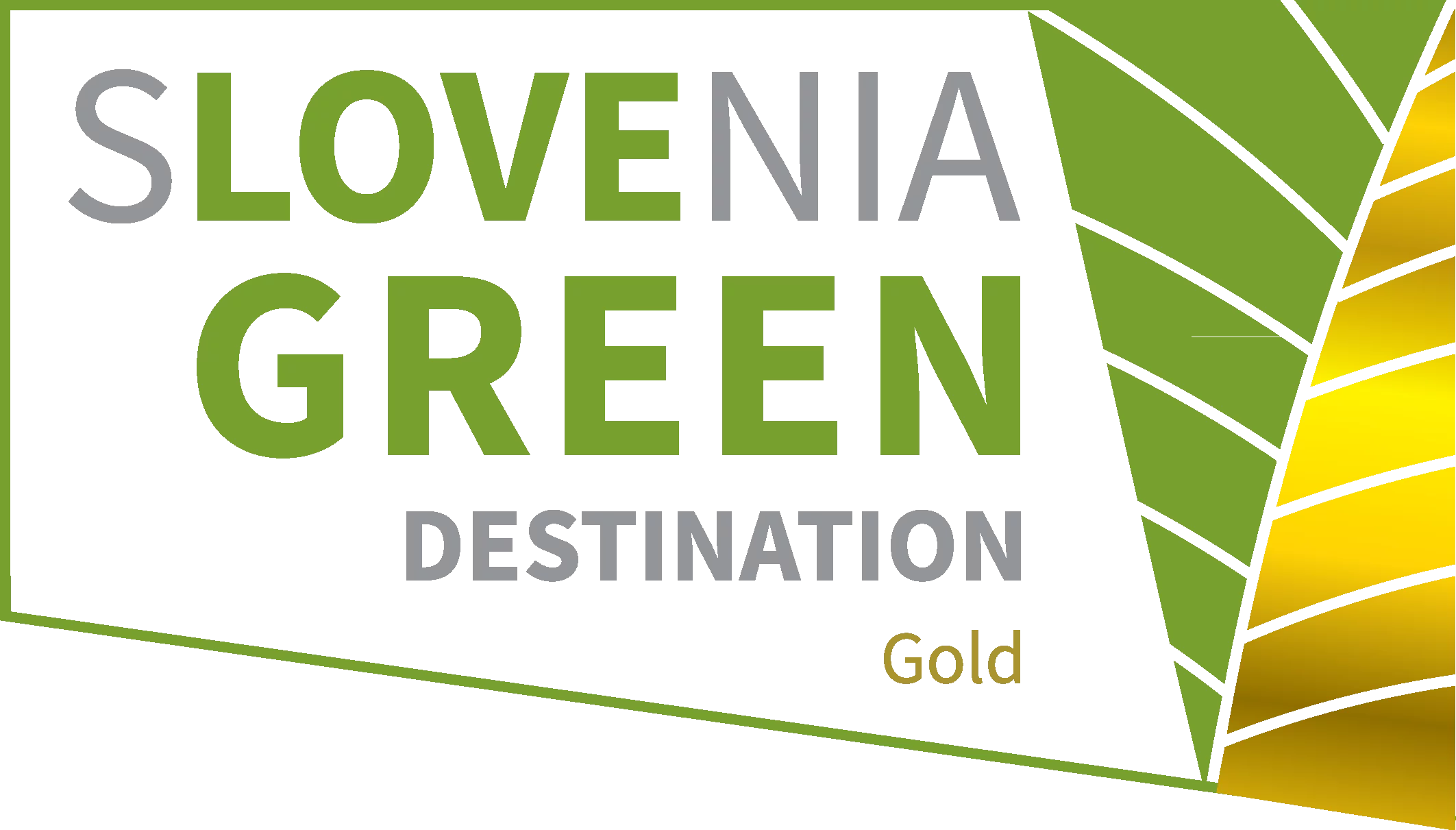Istrian masterpiece from the oven
Piran sea bass in salt is a traditional Istrian dish in which the sea bass is baked buried in salt, preserving its juiciness and enhancing the natural flavor of the fish.
Ingredients:
- 2 Piran sea bass – approximately 0.6–0.8 kg each or
- 1 Piran sea bass – approximately 0.8–1.2 kg
- 3 kg baking salt
- 2 egg whites
- 2 tablespoons flour
- potatoes
- olive oil
- garlic
- a sprig of rosemary
- freshly ground pepper

Preparation
Clean the fish, but do not scale it. Rinse lightly and pat dry with a paper towel. Spread a 1 cm layer of baking salt on a baking tray and place the fish on top. If desired, add a bit of olive oil and a sprig of rosemary and/or garlic to the fish’s cavity. Cover the cavity opening with a piece of foil to prevent the salt from touching the flesh directly.
Next, cover the fish entirely with the remaining salt, about 1 cm thick or more. Optionally (highly recommended), bury a few washed, unpeeled, half-cooked potatoes in the salt. Place the tray in a preheated oven and bake for 30 to 60 minutes at 200–220°C, depending on the size of the fish. During baking, the salt crust browns slightly and hardens.
After baking, break the salt crust with a knife or kitchen mallet and remove as much salt as possible to reveal one side of the sea bass. Then, remove the skin (not edible as it contains scales) by cutting along the back from head to tail near the dorsal fins with a knife or fork. On the belly side, remove the foil and cut the skin near the pelvic fins to the tail. The skin peels off easily—lift or roll it with a fork, taking care not to let salt fall onto the exposed meat. Once the top side of the fish is peeled, serve the meat. Then remove the bones and head to access and serve the meat from the other side.
If cooked just right, the meat won’t stick to the bones. If you want the salt crust to be harder and browner, mix baking salt with two egg whites in a bowl for a coarse crust. You can also add two tablespoons of flour. In all methods, the fish cooks equally well; the difference is in the effort required to break and remove the crust when serving.
If desired, drizzle a bit of mild olive oil over the cleaned fish to enhance the excellent yet delicate flavor of salt-baked sea bass.
Great side dishes include salt-baked potatoes or chard with potatoes.
